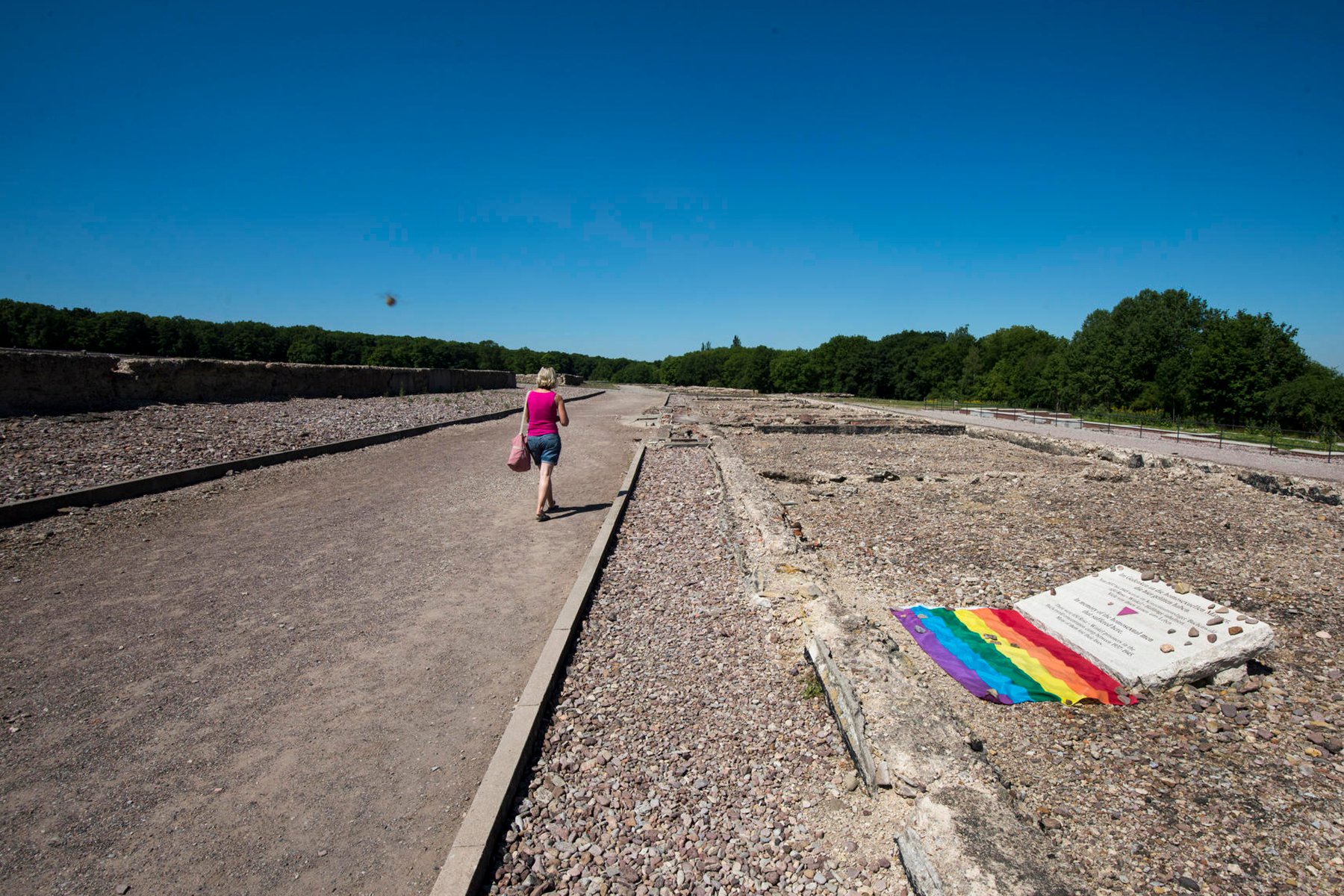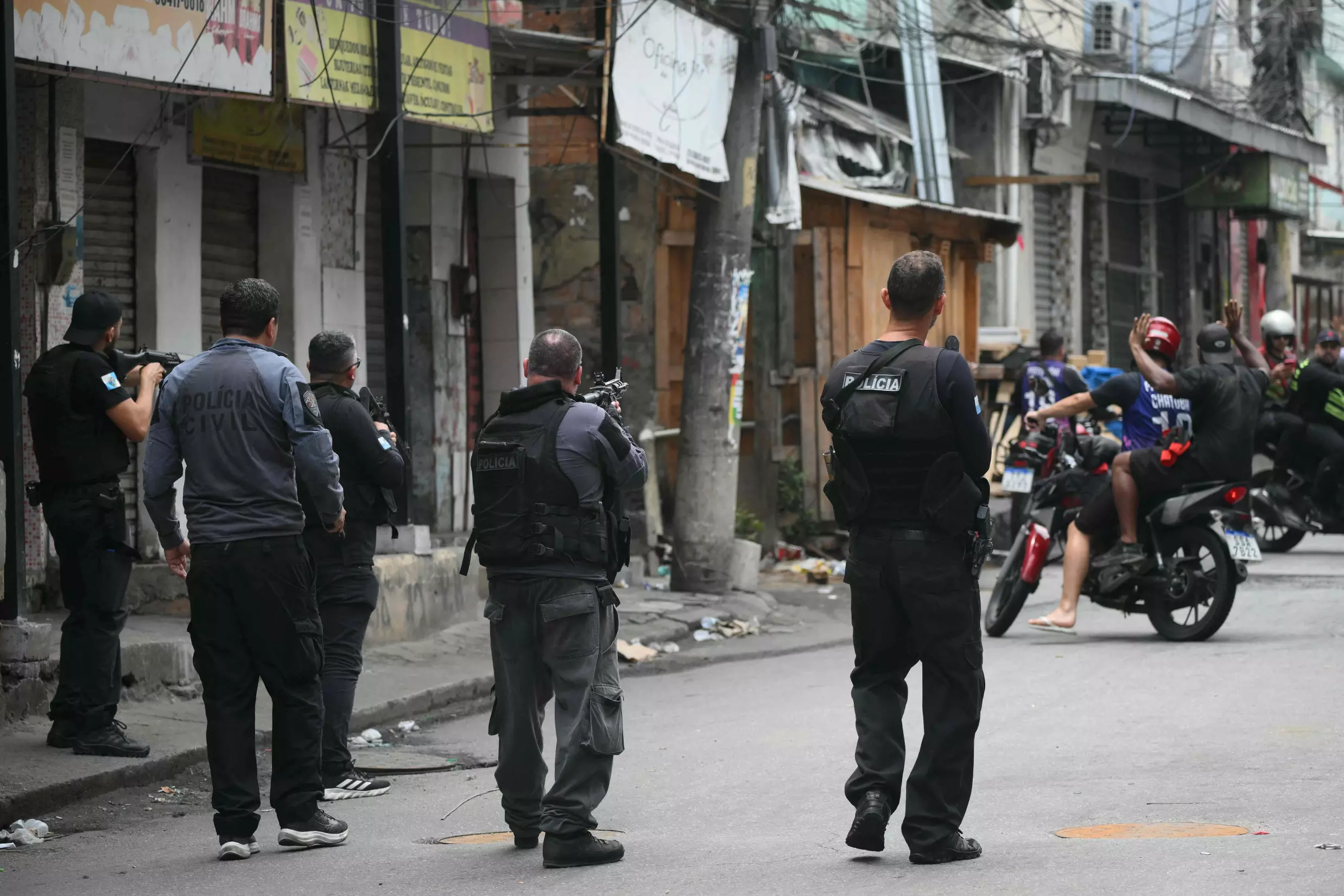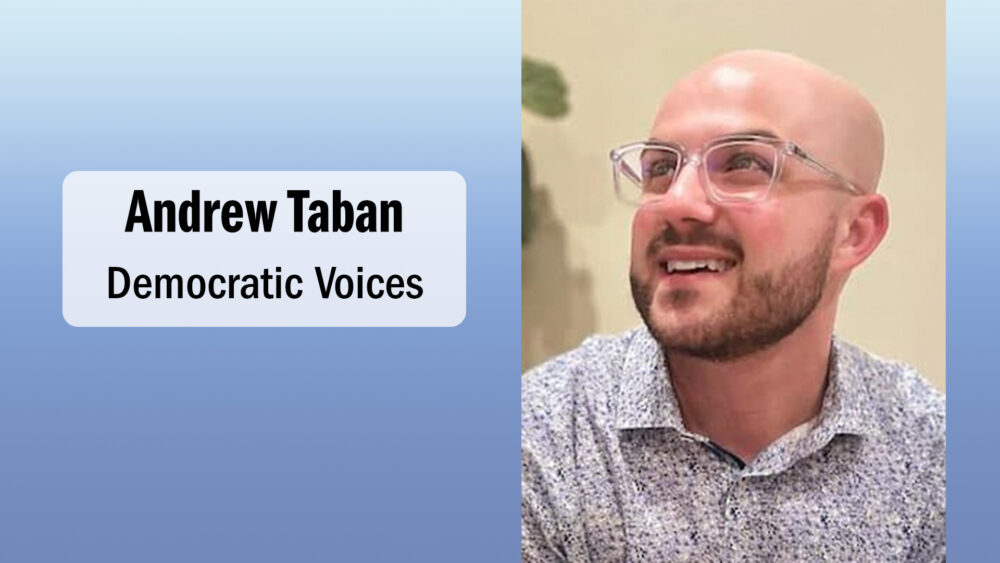Copyright The 19th*

It is unknown just how many LGBTQ+ people were detained or died in concentration camps during World War II. But contrary to often dominant perceptions, many were women and nonbinary. It’s a history even many queer people don’t know or only know peripherally. More than that, historians and experts say, there are misconceptions, chief among them that only gay men were impacted. In time for LGBTQ+ History Month, a new exhibit at the Illinois Holocaust Museum and Education Center aims to shed light on the diversity of LGBTQ+ Holocaust stories. The exhibit is running now through next year in the Museum’s Karkomi Family Foundation Gallery: Holocaust & World War II, focusing on events between 1933 and 1945. It features historical images and personal photographs, reflections and testimony from both survivors and victims. “I think oftentimes when people talk about this history, they usually focus on cis gay men,” said Leah Rauch, the museum’s education director. “But there is a really exciting new, newish field of study, of scholars who are uncovering stories of people who were lesbians, bisexual, transgender and those really untold stories.” Queer women were detained in camps, often branded with a black triangle. Others were marked with different symbols or letters depending on the crime for which they were imprisoned. Fritz Kitzing, a nonbinary person from northwest of Berlin, was 27 when the Nazis came to power. Born to a so-called “Aryan” family and assigned male at birth, Kitzing was unapologetically themself, according to museum records. They were arrested multiple times, for both wearing “women’s” clothing and having sexual contact with a man. They were confined to the Sachsenhausen concentration camp near Berlin. Photos taken of Kitzing at the time of their arrest in 1936 show them in feminine dress, with long hair pulled back, wearing a fur coat and a hat. Kitzing’s brother wrote to them throughout their incarceration, according to historical records. “With the love and support of their family, Kitzing navigated the web of laws and policies and insisted on living life on their own terms,” reads a remembrance on the Pink Triangle Legacies Project, an organization that honors the LGBTQ+ victims and survivors of the Nazi regime. The Nazis used pink triangle badges to brand gay men in concentration camps. Kitzing survived the war and became an antiques dealer, dying in 1987. Approximately 100,000 queer men were arrested under Germany’s anti-gay law between 1933 and 1945. Of those, 53,000 were convicted and served prison sentences, said Jake Newsome, founder of the Pink Legacies Triangle Project. It is believed that between 7,000 and 10,000 were detained in concentration camps. Those numbers include transgender women and nonbinary people who were not seen as their lived genders by the Nazis. Perhaps most significantly, researchers have learned that queer people were largely reported by people in their own communities. As many as a third of LGBTQ+ people who were arrested were denounced, that is reported to the Nazis, by their friends and family. ”That really changes the understanding of the Nazi period, because it’s easier to think that this was just a top-down hard line or dictatorial regime implementing all these policies, and they’re the ones doing the hunting down and finding of the so-called enemies of the state,” said Newsome. “But what we’re actually seeing is that most Germans just did nothing to protect LGBTQ folks.” Holocaust history is full of non-Jews risking their lives to help Jews under Nazi rule. Newsome feels the same cannot be said of most straight people for their LGBTQ+ neighbors. “I have not found one single instance of a straight person risking, helping, protecting a queer and trans person during this history,” Newsome said. “Not a single one. And that’s a hard pill to swallow.” Newsome and Rauch find lessons in this history for today, and Rauch said the museum’s mission is to connect Holocaust history to the present day. “There is a through-line right from the discrimination, the persecution, everything that was happening to the LGBTQ community then, many of those same things are still happening today,” Rauch said. Another lesson is that democracy is fragile and history can repeat itself easily. Progress for queer people is often followed by violent backlash. According to Newsome, prior to the Nazi takeover of Germany, Berlin had a thriving LGBTQ+ community. “At the time, there were hundreds of queer clubs and cafes and nightclubs and stores, organizations,” Newsome said. “Queer and trans folks had built that for themselves over about 15 years of democracy in Germany, and once the Nazis came to power, all of that was able to be destroyed within just a matter of weeks.” In one memoir from that time, “I Pierre Seel, Deported Homosexual: A Memoir of Nazi Terror,” a gay Frenchman writes about how he unwittingly gave himself up to the Nazis by reporting his watch stolen to French authorities years before the war. Seel notes that because his watch was stolen in an area known for gay cruising, French authorities put him on a list of likely homosexuals, which later fell into the hands of Nazis when they took control of France. Seel endured starvation, humiliation, beatings and forced physical labor, but he too survived the war and maintained his sense of self, going on to advocate for other LGBTQ+ Holocaust survivors until his 2005 death of cancer in Toulouse, France. Newsome finds odd hope in the history of Seel and others. “This history is full of queer and trans resistance,” said Newsome. “From everything from continuing to go out and just be true to yourself, to taking up armed resistance and bombing buildings to take a blow against the Nazis, there are all these examples that queer people have been active agents and actors in their own history.”



